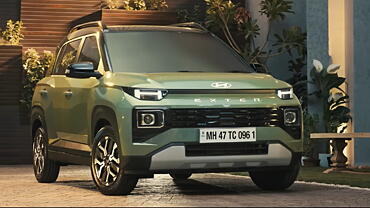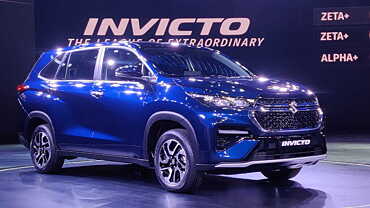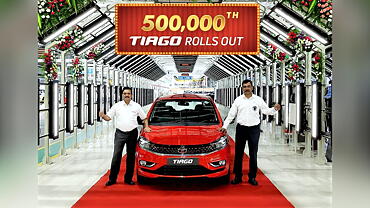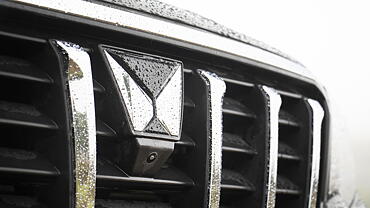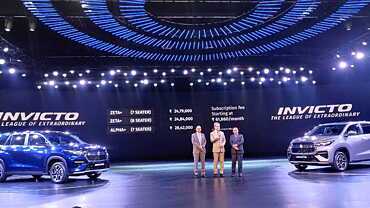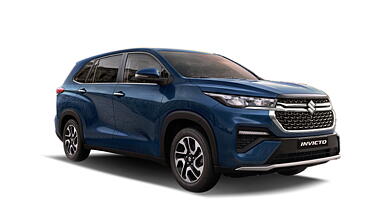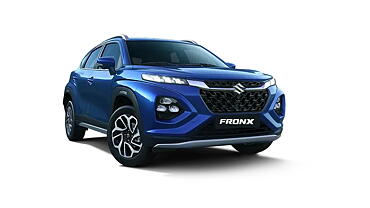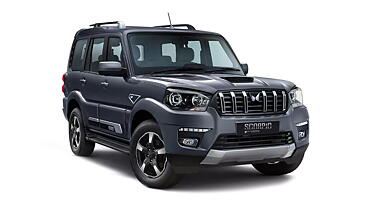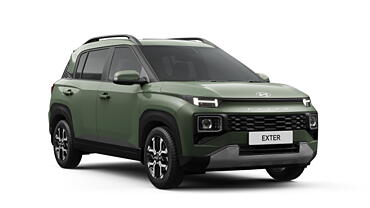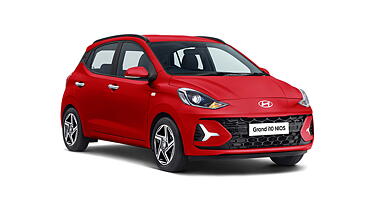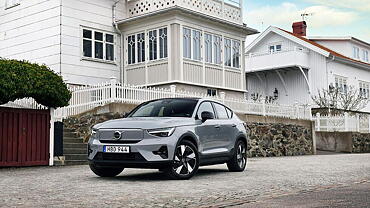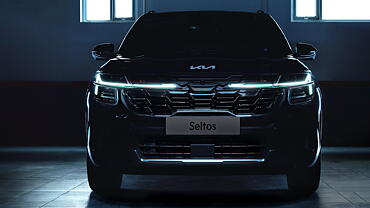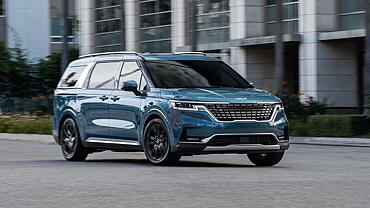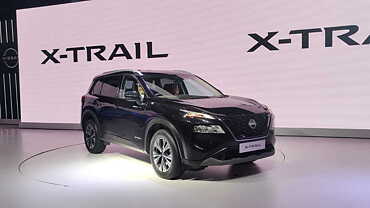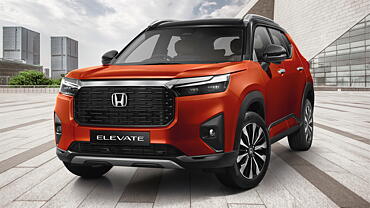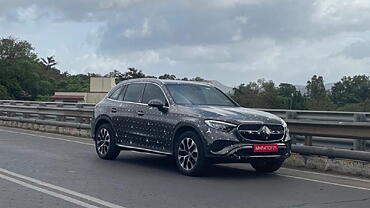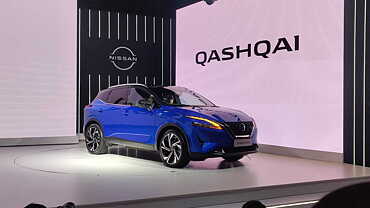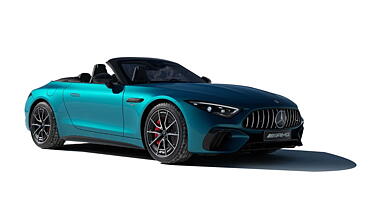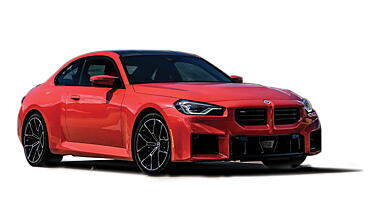
Why would I buy it?
- Performance
- Claimed Range
Why would I avoid it?
- Quality of interiors
- Feature list
What is it?

Mahindra is finally entering the private EV market in this new era with the car that you see in the pictures, which is the XUV400. It’s a pre-cursor to Mahindra’s full-fledged EV lineup, set to arrive in 2024 and will be launched in the Indian market in 2024.

This is an important car for Mahindra in the larger scheme of its EV future. Last month it unveiled a slew of vehicles in the UK that will dominate its lineup in the future, and this right here is the first step towards them. While that may be the future, in the present, this car has a large task on its hands which is to go up against the increasingly popular Tata Nexon EV range that’s been making all the right waves in the electric car market since its launch in early 2020. Does the XUV400 have what it takes to challenge the Nexon EV Max? Let’s find out.
How is it on the outside?

Mahindra has stayed true to the eXUV300 concept car in designing this vehicle. Up front, you get the familiar XUV300 face but without the grille, as this is an EV. You get the same sleek rectangular headlamps as the XUV300 but now with swatches of copper in the bumpers as well as below the headlamps. In fact, the copper colour Mahindra has chosen as its shade to represent its EVs is dominant not just on the face but in large swatches all over the body.

This car is 4.2-metres in length compared to the XUV300, which is 3.99 metres in length, making this a slightly larger vehicle, and this is visible just after the D-pillar, where the tail lamps extended ever so slightly. You get black cladding on the sides, and there’s a visible chunkiness in the car's haunches. The design of the alloy wheels is similar to that of what is currently available on the XUV300. This design was introduced for the ICE-powered car earlier this year. At the rear, you get the slightly modified tail lamps and the new copper twin peaks logo chosen for all Mahindra electric vehicles. It will be offered in five colours: Arctic Blue, Everest White, Galaxy Grey, Napoli Black and Infinity Blue, with a dual-tone roof option in Satin Copper finish.
What about the interior and features?

Mahindra has trimmed out the cabin of the XUV400 in a full-black scheme with layout and elements quite similar to that of the XUV300, making this a familiar space which should help in acceptance and staying in line with the Mahindra design philosophy. The XUV300 and the XUV400 both have the same wheelbase of 2600mm, but the latter, by virtue of the added length, gets a larger boot at 368 litres compared to the former’s 257 litres.

While it is a spacious cabin, it does feel dated in multiple ways. The quality of the plastics used in many areas feels a segment lower despite the rather attractive copper colour inserts. This is further compounded by multiple blank switches and odd positioning of the instrument cluster controls (on the dashboard). In the second row, there is sufficient headroom and shoulder room, but under-thigh support is low due to the high floor, courtesy of the positioning of the battery pack.

This top-spec XUV400 gets features like a touchscreen infotainment system, instrument cluster with full-colour MID, Blue-sense mobile app, driver assessment and vehicle information in the infotainment system, steering mounted controls and electric sunroof. The car that has been unveiled is expected to be a top-spec version with six airbags, all-four disc brakes, ISOFIX child seat mounting points and ABS with EBD. However, it is missing ventilated front seats, rear AC vents, ambient lighting, a digital instrument cluster and full-fledged seatback pockets. It could also definitely do with a larger display and better graphics for the touchscreen infotainment. In fact, we expected Mahindra to debut an EV-specific version of its ADRENOX system with the XUV400.
Powertrain, charging and drive experience

The Mahindra XUV400 offers a 39.4kW lithium-ion battery pack that gives it an ARAI-certified range of 456kms. This battery pack can be charged from 0-80 via a 50kW DC fast charger in just 50 minutes, while a 7.2 kW/32A outlet takes 6 hours 30 minutes for 0-100% charge, and the same is achieved in 13 hours while using a standard 3.3 kW/16A domestic socket. The electric motor powers the front wheels and produces 150bhp/310Nm, and has a 0-100kmph time of 8.3-seconds with a top speed of 150kmph.

Now we spent most of our time driving a prototype version of the car at Mahindra’s test facility outside of Chennai. Here in multiple scenarios, including a massive banked turn on their high-speed section, the XUV400 displayed good straight-line stability at three-digit speeds, which is indicative of good highway cruising ability. However, without an active traction control system, 350Nm is a lot of torque to go through the front wheels; thus, it is effortless for the car to understeer into a hard turn; therefore, having a light right foot will make things much easier to deal with.

A large amount of torque also makes it easy to smoke the tyres if you get carried away while getting off the line. We expect a full-fledged traction control once the production version is ready. You get three driving modes - Fun, Fast and Fearless. The Fun mode is an eco-mode with very conservative throttle response, while in the Fearless mode (As the name suggests), you get access to all the torque making this one fun and fast car to drive.

We will, of course, put the XUV400 through CarWale’s gamut of real-world range, performance and ride quality tests once we get it out on the road in real-world conditions, so stay tuned for that! Oh, and lastly, Mahindra claims a 0-100kmph time of 8.3 seconds, making it the fastest EV in its class. We will test this number in the real world and tell you that once we get our hands on the car. During the unveiling of the XUV400, Mahindra had said it was currently working on plans with various charging partners for roadside charging, showroom charging facilities and home charging options. It would announce these plans closer to the car's launch in early January 2023.
Expected price and competition

What Mahindra needs now is an aggressive price tag to bring some competition to the Tata Nexon EV range. We expect that Mahindra will price this car in the range of Rs 17 lakh to Rs 22 lakh, putting it even in the league of the yet-to-be-launched MG ZS EV Excite variant. Mahindra has started production of the XUV400 and has confirmed that bookings and test drives will begin mid-December while the car will be launched in India in January 2023.
Photography: Kapil Angane





